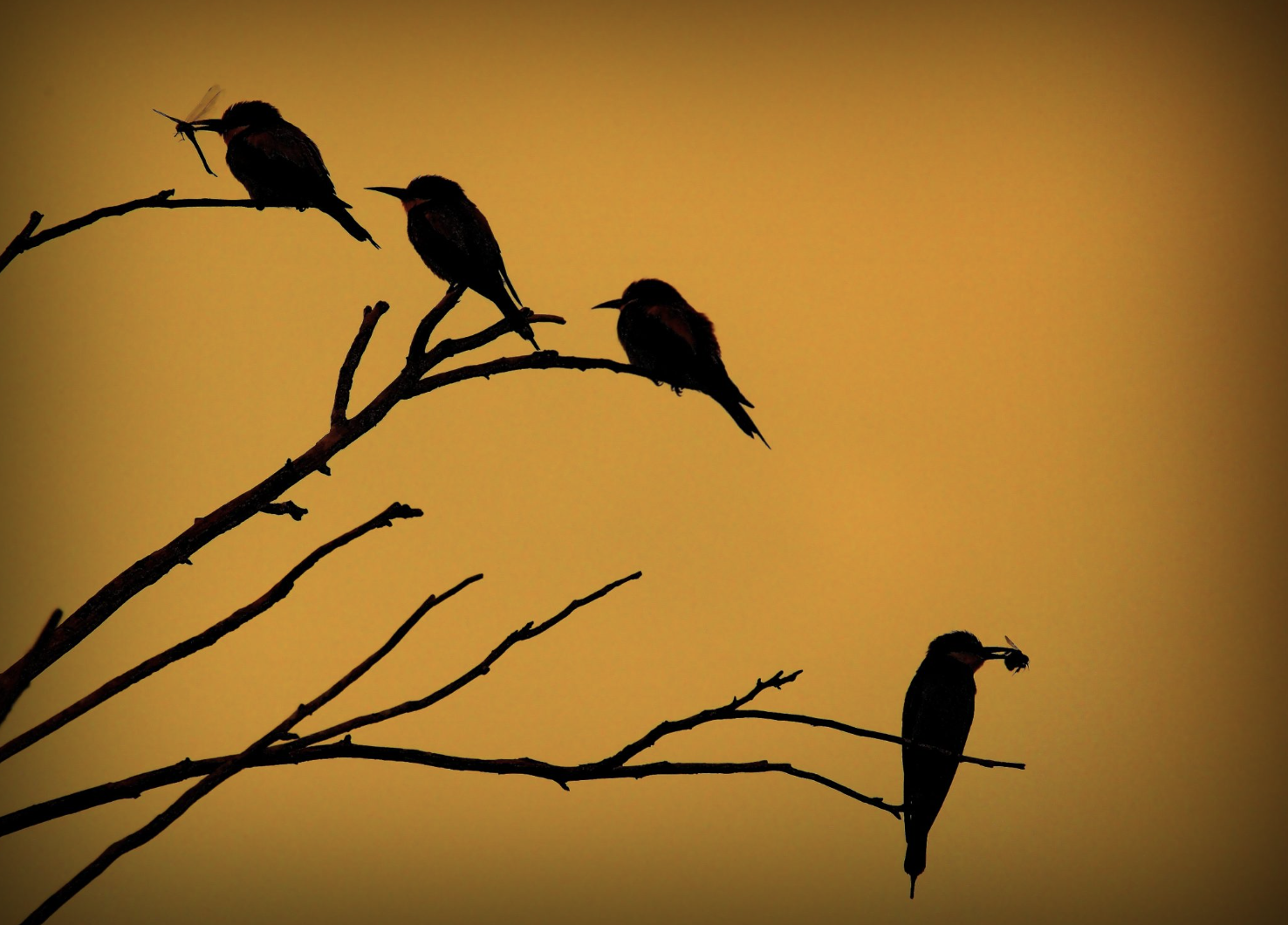Studying Air Pollution’s Impact on Birds
La Kretz postdoctoral researcher Dr. Olivia Sanderfoot is investigating how air pollution affects birds — from changes in behavior to shifts in species distributions and detectability.
She collaborates with the National Park Service, the Natural History Museum of Los Angeles County, and Morgan Tingley’s Laboratory at UCLA to better understand these impacts.
A Growing Threat: Wildfire Smoke
As global wildfire activity intensifies, smoke is increasingly recognized as a major public health risk. Yet its effects on wildlife remain poorly understood.
To protect vulnerable species, scientists need to rapidly expand knowledge of how smoke exposure impacts animal populations and identify which species are most at risk.
Birds as Sentinel Species
Birds may serve as early indicators of environmental change because they are highly sensitive to toxic gases and fine particles.
Dr. Sanderfoot’s research focuses on understanding how wildfire smoke affects the health and behavior of birds to inform conservation actions that mitigate both acute and chronic exposure effects.
Building Knowledge Through Partnerships
To advance this work, Olivia has teamed up with agency and university partners to analyze data from camera traps, acoustic recorders, banding stations, and community science initiatives.
One of these initiatives, Project Phoenix (2023), engages community scientists to help document how birds and other wildlife respond to wildfire smoke and identify conservation opportunities.
Related Publications

